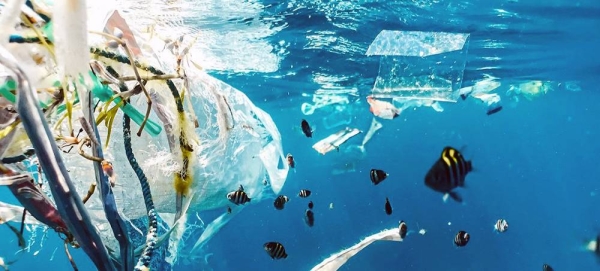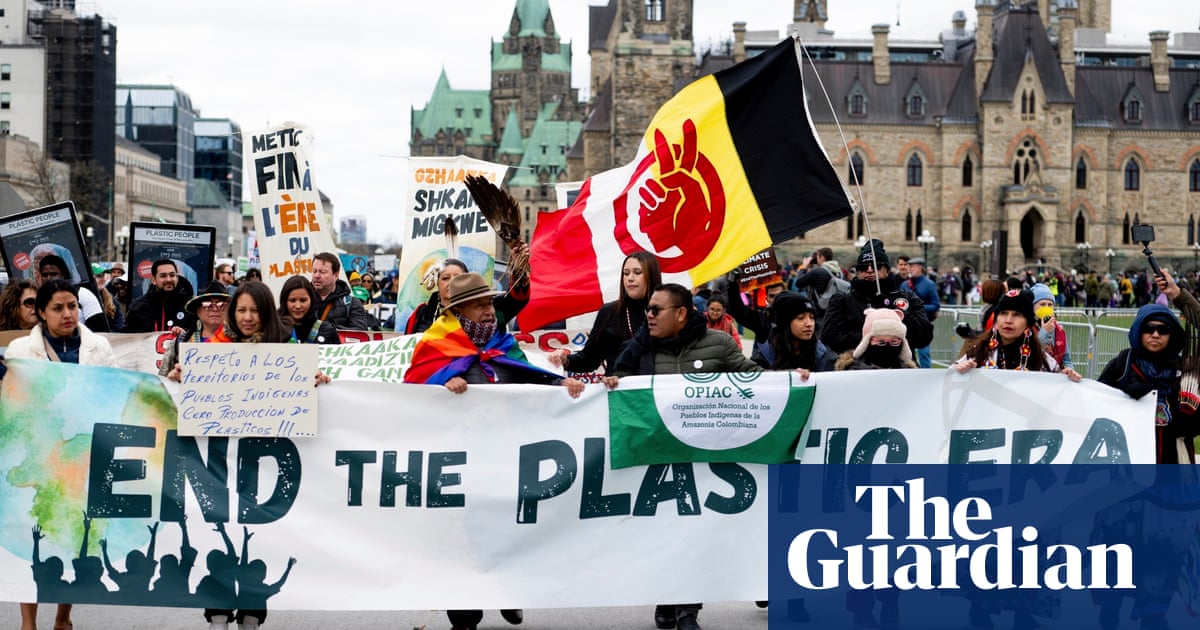
Plastic pollution could be slashed by 80 percent by 2040 if countries and companies use existing technologies to make significant policy shifts and market adjustments, according to a new UN Environment Program (UNEP) report released on Tuesday.
“The way we produce, use, and dispose of plastics is polluting ecosystems, creating risks for human health and destabilizing the climate,” said UNEP Executive Director Inger Andersen.
“This UNEP report lays out a roadmap to dramatically reduce these risks through adopting a circular approach that keeps plastics out of ecosystems, out of our bodies, and in the economy,” she said.
The report, Turning off the Tap: How the world can end plastic pollution and create a circular economy, outlines the magnitude and nature of the changes required to end plastic pollution and create a sustainable circular economy that is friendly to humans and the environment.
The report proposes a system change achieved by accelerating three key shifts — reuse, recycle, and reorient and diversify — and actions to deal with the legacy of plastic pollution.
Even with the measures above, 100 million metric tons of plastics from single use and short-lived products will still need to be safely dealt with annually by 2040, the report found.
UNEP suggests setting and implementing design and safety standards for disposing of non-recyclable plastic waste and making manufacturers responsible for products shedding microplastics.
Overall, the shift to a circular economy would result in $1.27 trillion in savings, considering costs and recycling revenues. A further $3.25 trillion would be saved from avoided externalities such as health, climate, air pollution, marine ecosystem degradation, and litigation-related costs.
Such a shift could result in a net increase of 700,000 jobs by 2040, mostly in low-income countries, significantly improving the livelihoods of millions of workers in informal settings, the report said.
Investment costs for the recommended systemic change are significant, but below the projected spending if systematic change is not undertaken: $65 billion per year versus $113 billion per year.
Much of this can be mobilized by shifting planned investments for new production facilities or a levy on new plastic production into the necessary circular infrastructure.
However, the report warned that time is of the essence. A five-year delay may lead to an increase of 80 million metric tons of plastic pollution by 2040.
Serving as a solutions-focused analysis of concrete practices, market shifts, and policies that can inform government thinking and business action, the report found that the highest costs in both a throwaway and circular economy, are operational.
With regulation to ensure plastics are designed to fit a circular model, extended producer responsibility schemes can cover operational costs of ensuring the system’s integrity through requiring producers to finance the collection, recycling, and responsible end-of-life disposal of plastic products.
Internationally agreed policies can help to overcome the limits of national planning and business action, sustain a flourishing circular global plastics economy, unlock business opportunities, and create jobs, the report showed.
The report recommends that a global fiscal framework could be part of a policy pact to enable recycled materials to compete on a level playing field with virgin materials, create an economy of scale for solutions, and establish monitoring systems and financing mechanisms.
Crucially, policymakers are encouraged to embrace an approach that integrates regulatory instruments and policies tackling actions across the life cycle, according to the report, which also addresses specific policies, including standards for design, safety, and compostable and biodegradable plastics and recycling targets.
“If we follow this roadmap, including in negotiations on the plastic pollution deal, we can deliver major economic, social, and environmental wins,” UNEP’s chief said. — UN News












